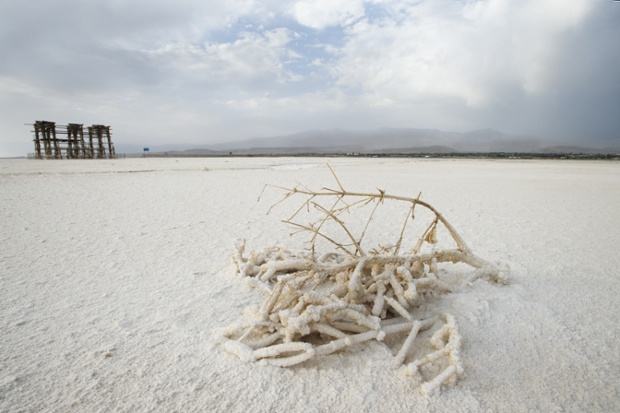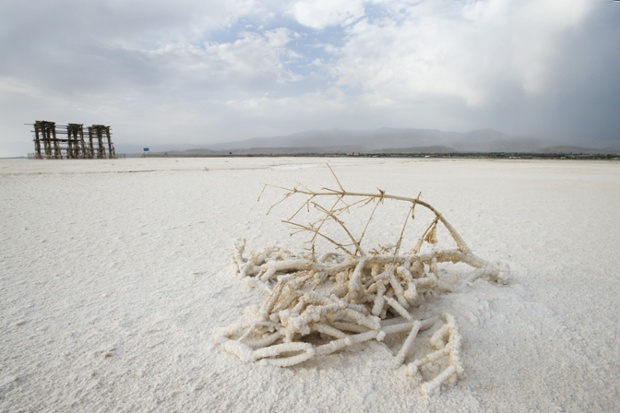 New research shows Iranís most famous lake has shrunk by nearly 90% since the 1970s. Scientists urge action.
New research shows Iranís most famous lake has shrunk by nearly 90% since the 1970s. Scientists urge action.n the late 1990s, Lake Urmia, in north-western†Iran, was twice as large as Luxembourg and the largest salt-water lake in the Middle East. Since then it has shrunk substantially, and was sliced in half in 2008, with consequences uncertain to this day, by a 15-km causeway designed to shorten the travel time between the cities of Urmia and Tabriz.
Historically, the lake attracted migratory birds including flamingos, pelicans, ducks and egrets. Its drying up, or desiccation, is undermining the local food web, especially by†destroying†one of the worldís largest natural habitats of the brine shrimp Artemia, a hardy species that can tolerate†salinity levels†of 340 grams per litre, more than eight times saltier than ocean water.
Effects on humans are perhaps even more complicated. The tourism sector has clearly lost out. While the lake once attracted visitors from near and far, some believing in its therapeutic properties, Urmia has turned into a vast salt-white barren land with beached boats serving as a striking image of what the†future†may hold.
†Read more here
The Iran Project is not responsible for the content of quoted articles.











